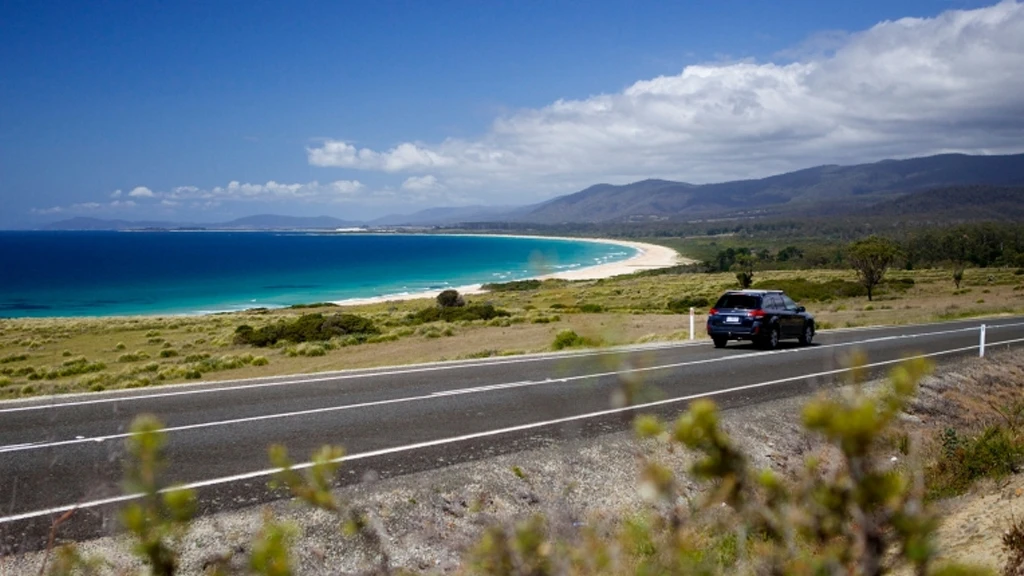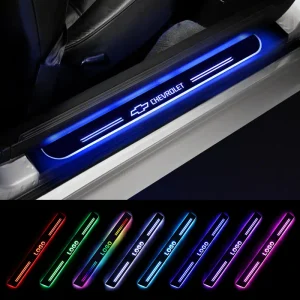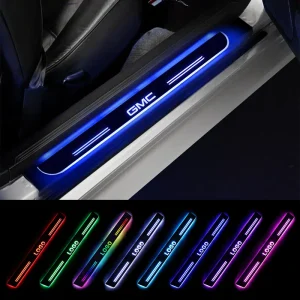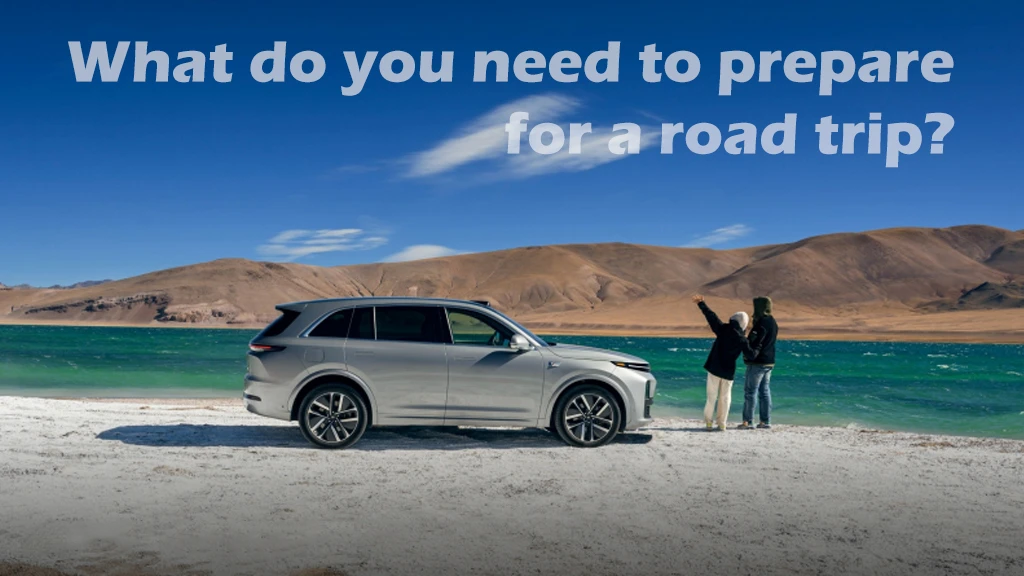Vehicle Preparation Checklist Before a Long-Distance Self-Drive Trip: Safety and Comfort Both Essential
Long-distance self-driving trips are a way to explore scenic views and enjoy freedom, but the condition of your vehicle directly affects the smoothness and safety of your journey. Before setting off, thorough vehicle preparation is necessary to make your trip safer and more relaxed.
1.Basic Safety Checks: Avoid “breaking down halfway”
- Tire Inspection
o Tire Pressure: Adjust according to the vehicle manual to the standard value (including the spare tire). Both over- and under-inflation can cause blowouts.
o Wear and Damage: Check for bulges, cracks, or excessive wear; replace tires in advance if necessary.
o Wheel Alignment and Balancing: Prevent pulling to one side or shaking during long drives.
- Fluid Levels
o Engine Oil: Ensure quantity is sufficient and oil is not degraded; consider changing before the trip.
o Coolant, Brake Fluid, Windshield Washer Fluid: Check levels; especially when traveling to cold areas, replace with low-temperature windshield fluid.
o Transmission Fluid: If nearing maintenance interval, change in advance.
- Braking System
o Replace brake pads if thickness is below 3mm; check brake discs for severe wear.
o Brake fluid water content over 3% affects braking performance—replace promptly.
- Lights and Battery
o Ensure all lights (headlights, turn signals, brake lights) are functioning properly.
o If battery voltage is below 12V or it has been in use over 3 years, have it tested or replaced.
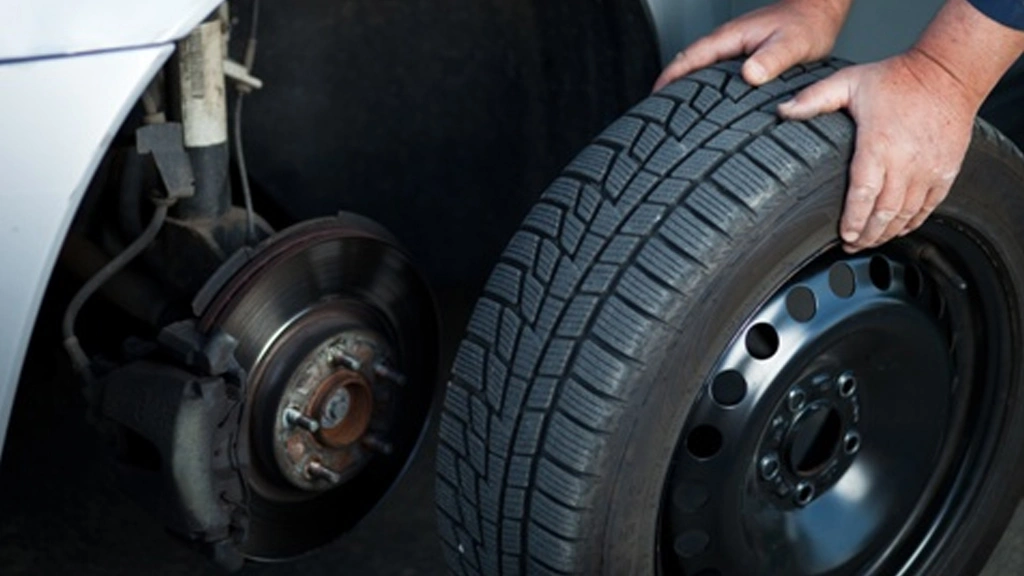
2.Emergency Tools: Backup for Unexpected Situations
- Onboard Tool Kit: Spare tire, jack, warning triangle, fire extinguisher, reflective vest (required by law).
- Emergency Equipment: Tow rope, jumper cables, air pump, portable power bank (jump starter), window breaker, first aid kit.
- Special Scenario Gear: Snow chains (winter), recovery boards (sand/mud), entrenching shovel.
3.Maintenance and Servicing: Must Do Before Departure
- Comprehensive Service: Conduct one week before departure, focusing on belts, spark plugs, air filters, and other wear parts.
- Air Conditioning System: Clean or replace filters to prevent odors and bacterial growth.
- uel Management: Keep the tank adequately filled, plan refueling stops in advance to avoid running out of fuel in remote areas.
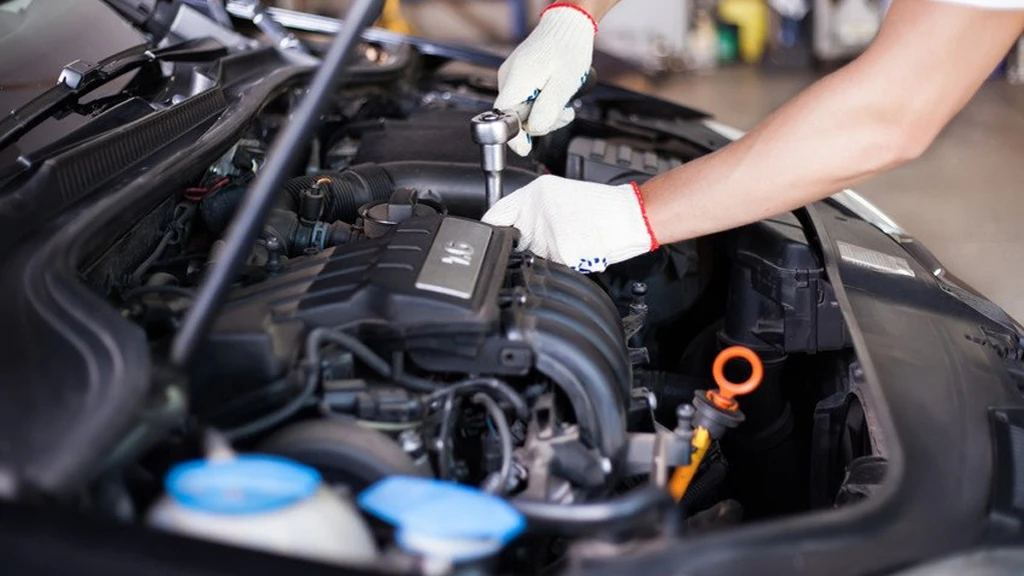
4.Other Detailed Preparations
- Documents and Insurance: Bring vehicle registration, driver’s license, insurance policy; confirm insurance coverage (such as for out-of-area incidents).
- Electronic Devices: Update navigation system, download offline maps; check dashcam functionality.
- In-Car Comfort: Prepare lumbar supports, neck pillows, sunshades, garbage bags to enhance long-distance driving comfort.
Conclusion
The charm of self-driving trips lies in the unknown scenery, but vehicle preparation must be “known and controllable.” Spending a few hours on checks and planning not only helps avoid risks but also reduces anxiety and increases ease on the road. Finally, don’t forget to bring a good mood—when the wheels move forward, mountains and seas are all within reach!
